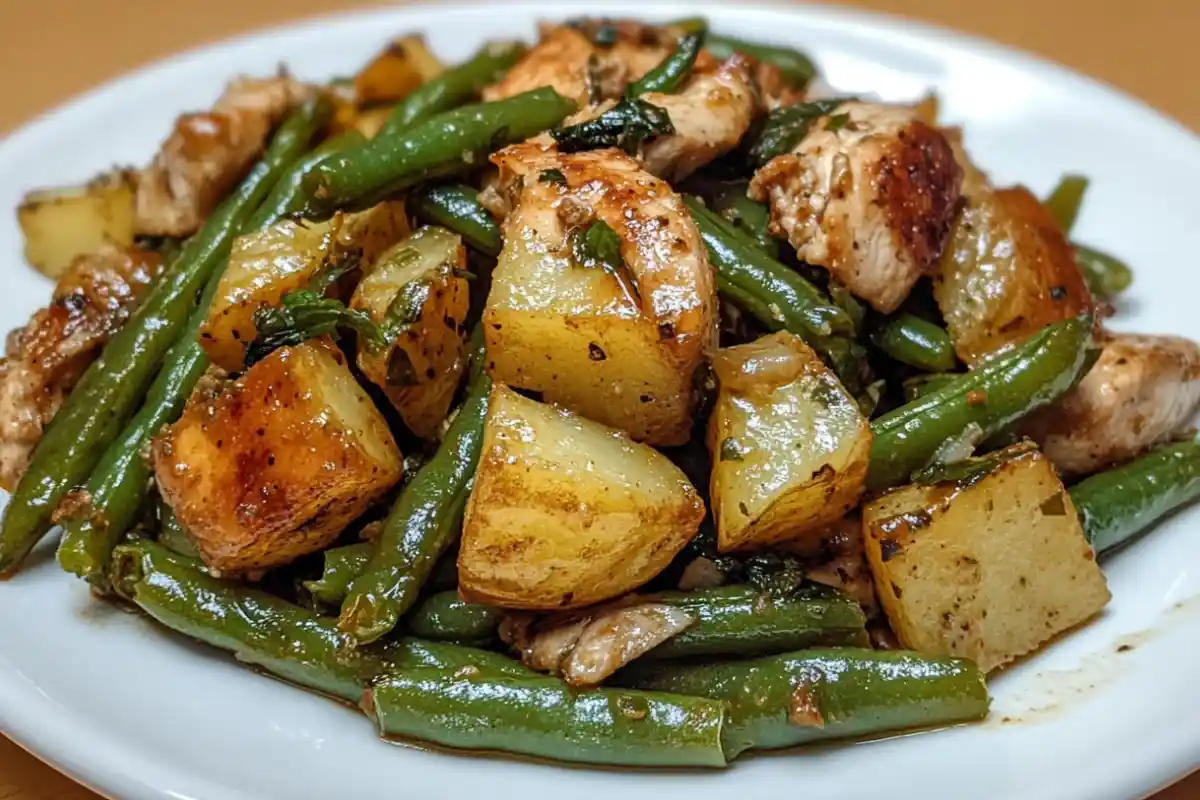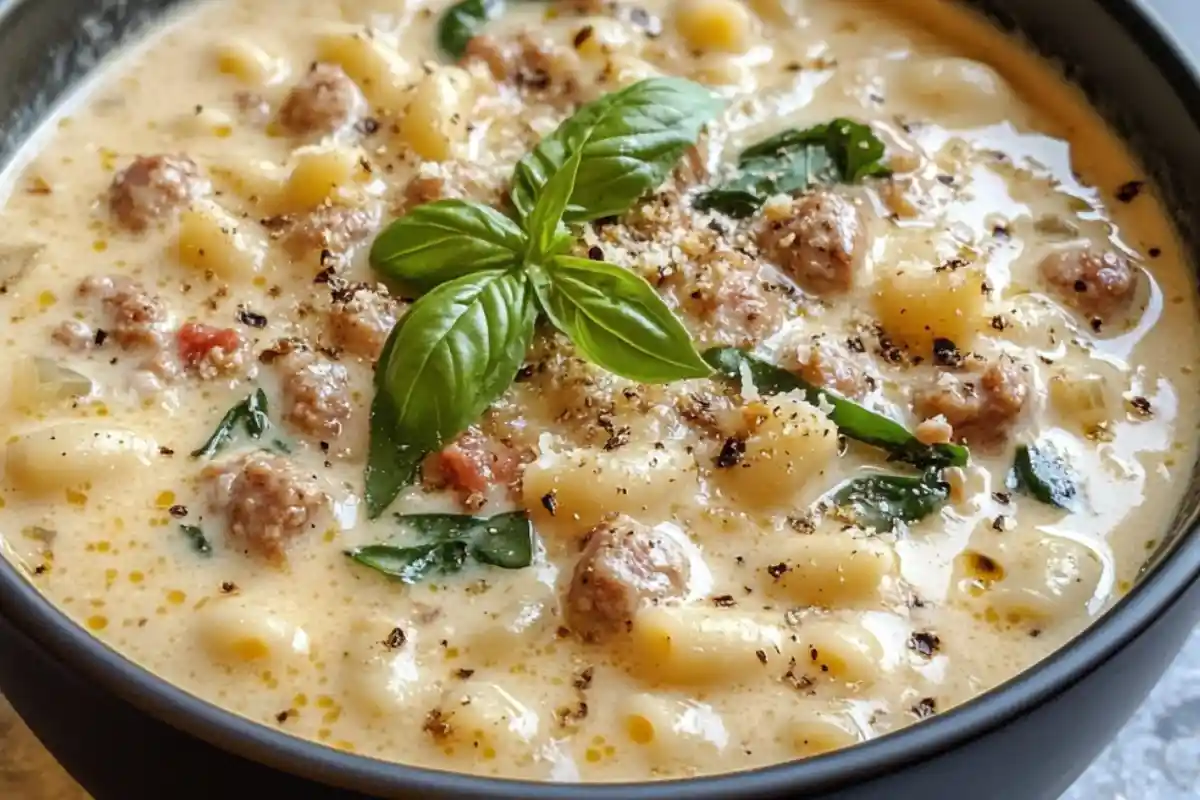Craving bold flavors? This honey hot sauce recipe is just what your culinary adventures need. Blending the natural sweetness of honey with the fiery kick of hot peppers, this sauce strikes a perfect balance that will tantalize your taste buds. Whether you’re a seasoned hot sauce connoisseur or a newcomer to the world of spicy condiments, crafting your own honey hot sauce at home is both a satisfying and flavorful experience.
What is Honey Hot Sauce?
Honey hot sauce is a unique condiment that marries the sweetness of honey with the intense heat of chili peppers. This sauce can be used to elevate a wide range of dishes, from breakfast favorites to grilled meats and even cocktails. Unlike typical hot sauces that are purely spicy, the addition of honey creates a more complex flavor profile that can be tailored to suit your personal taste preferences.
Why Make Your Own Honey Hot Sauce?
Making your own honey hot sauce allows you to control the ingredients, heat level, and flavor nuances. Store-bought hot sauces often contain preservatives, artificial flavors, and excessive amounts of sugar. By crafting your sauce at home, you can use fresh, high-quality ingredients and customize the sauce to your liking. Plus, it’s a fun and creative process that results in a unique product you can be proud of.
The Ingredients You’ll Need
Honey – The Star Ingredient
Honey is the cornerstone of this recipe, providing the sweetness that balances the heat from the peppers. The type of honey you choose can greatly influence the final flavor of your sauce. For instance, a wildflower honey might add a floral note, while clover honey offers a milder, more neutral sweetness.
Types of Peppers – Choosing the Right Heat
The choice of peppers is crucial in determining the heat level and flavor of your honey hot sauce. Peppers vary widely in their heat levels, measured in Scoville Heat Units (SHU). Some popular choices include:
- Jalapeños: Mild heat with a fresh, green flavor.
- Habaneros: Intense heat with fruity undertones.
- Serranos: Hotter than jalapeños but with a similar taste profile.
- Ghost Peppers: For those who crave extreme heat.
Fresh vs. Dried Peppers
You can use either fresh or dried peppers in your recipe. Fresh peppers tend to have a more vibrant flavor, while dried peppers offer a deeper, more concentrated heat. If using dried peppers, rehydrate them in warm water before cooking.
Common Pepper Varieties for Hot Sauce
Consider combining different types of peppers to achieve a balance of flavors and heat. For example, mixing habaneros with milder peppers like jalapeños can create a sauce that is both spicy and flavorful without being overwhelmingly hot.
Vinegar – The Essential Acid
Vinegar is a key component in hot sauces, providing the tangy acidity that balances the sweetness of the honey and the heat of the peppers. Apple cider vinegar is a popular choice for its mild sweetness, but white vinegar or rice vinegar can also be used depending on your taste preference.
Spices and Seasonings – Adding Depth
To enhance the flavor of your honey hot sauce, you can add various spices and seasonings. Some staples include:
- Garlic: Adds a pungent, savory depth.
- Onion Powder: Provides a subtle sweetness and richness.
- Salt and Pepper: Essential for seasoning and balancing flavors.
Optional Ingredients for a Unique Twist
If you want to experiment with your honey hot sauce, consider adding these ingredients:
Fruits like Mango or Pineapple
Adding fruit can introduce a sweet, tropical flavor that pairs beautifully with the heat from the peppers. Mango or pineapple are popular choices that add both sweetness and acidity to the sauce.
Herbs like Cilantro or Basil
Fresh herbs can add a refreshing, aromatic quality to your sauce. Cilantro and basil are excellent choices that complement the flavors of honey and peppers.

Honey Hot Sauce Recipe Equipment You’ll Need
Saucepan or Pot
You’ll need a medium-sized saucepan or pot to cook the ingredients together. Stainless steel or non-reactive pots are best to prevent the vinegar from reacting with the metal.
Blender or Food Processor
A blender or food processor is essential for achieving a smooth consistency in your hot sauce. If you prefer a chunkier texture, you can pulse the mixture rather than blending it fully.
Strainer or Sieve
To achieve a silky smooth sauce, strain it through a fine mesh strainer or sieve after blending. This step removes any remaining solids from the peppers and spices.
Bottles or Jars for Storage
Glass bottles or jars are ideal for storing your honey hot sauce. Make sure they are sterilized to ensure the longevity of your sauce.
How to Make Honey Hot Sauce recipe ?
Preparing the Peppers
Start by washing the peppers thoroughly. Depending on your heat tolerance, you may want to remove the seeds and membranes, which contain the majority of the heat.
Cutting and De-seeding
Use gloves to protect your hands from the capsaicin in the peppers. Slice the peppers open and remove the seeds and membranes if you prefer a milder sauce.
Handling Peppers Safely
Be cautious when handling hot peppers. Avoid touching your face, especially your eyes, after cutting them. Washing your hands thoroughly with soap and water afterward is essential.
Cooking the Sauce
Combine your prepared peppers, honey, vinegar, garlic, and other spices in a saucepan. Bring the mixture to a boil, then reduce the heat and let it simmer.
Combining Ingredients in the Pot
Stir the ingredients together in the pot, ensuring the honey is fully dissolved and the spices are evenly distributed.
Simmering to Perfection
Allow the sauce to simmer for about 10-15 minutes, stirring occasionally. This process helps the flavors meld together and deepens the sauce’s color.
Blending for Consistency
After the sauce has simmered, transfer it to a blender or food processor. Blend until smooth, adjusting the texture to your preference.
Achieving the Right Texture
For a thicker sauce, blend less or add more peppers. For a thinner sauce, you can add a bit of water or additional vinegar during blending.
Adjusting Thickness
If the sauce is too thick, slowly add a tablespoon of water or vinegar at a time until you reach the desired consistency.
Straining the Sauce
Once blended, strain the sauce through a fine mesh sieve to remove any solids. This step is crucial for a smooth, professional-quality sauce.
Removing Solids for a Smooth Finish
Use the back of a spoon to press the sauce through the sieve, ensuring you extract as much liquid as possible while discarding the pulp.
Bottling and Storing
Pour your finished honey hot sauce into sterilized bottles or jars. Proper storage will help maintain the sauce’s freshness and flavor.
Proper Storage Techniques
Store your sauce in a cool, dark place, such as a pantry or refrigerator. The vinegar and honey act as natural preservatives, giving your sauce a longer shelf life.
Shelf Life of Your Hot Sauce
When stored properly, homemade honey hot sauce can last up to six months. Always check for signs of spoilage, such as mold or off smells, before using.
Variations of Honey Hot Sauce Recipes
Once you’ve mastered the basic recipe, try experimenting with these variations:
Spicy Honey Garlic Sauce
This version adds extra garlic for a robust, savory kick that pairs well with the sweetness of the honey.
Honey Chipotle Hot Sauce
Using chipotle peppers introduces a smoky, rich flavor to your hot sauce, perfect for barbecue dishes.
Mango Honey Hot Sauce
Blend in fresh or dried mango for a tropical twist that adds both sweetness and a unique flavor to your hot sauce.
Pineapple Honey Hot Sauce
Pineapple adds a tangy sweetness that balances the heat of the peppers beautifully, making this sauce a great choice for grilling.
Smoky Honey Habanero Sauce
For those who love intense heat, habanero peppers provide a fiery kick, while a touch of smoked paprika adds depth and smokiness.

Tips for Customizing Your Honey Hot Sauce Recipe
Adjusting the Heat Level
One of the great things about making your own hot sauce is the ability to control the heat level.
Increasing Spice
For a spicier sauce, add more peppers or choose varieties with higher Scoville ratings, such as ghost peppers or scotch bonnets.
Toning Down the Heat
If you find the sauce too spicy, reduce the number of peppers or add more honey and vinegar to balance the heat.
Experimenting with Different Honeys
The type of honey you use can significantly affect the flavor of your hot sauce.
Local vs. Commercial Honey
Local, raw honey often has a more complex flavor and retains more of its natural nutrients compared to commercial, processed honey.
Infused Honeys
Consider using infused honeys, such as lavender or rosemary honey, to add an extra layer of flavor to your sauce.
Balancing Sweetness and Acidity
The key to a great honey hot sauce is balancing the sweetness of the honey with the acidity of the vinegar and the heat from the peppers.
Adding More Vinegar
If your sauce is too sweet, try adding more vinegar to cut through the sweetness and enhance the tanginess.
Reducing Honey Content
Alternatively, you can reduce the amount of honey if you prefer a less sweet sauce, allowing the heat of the peppers to shine.
Incorporating Extra Flavor Layers
For a more complex flavor profile, consider adding additional ingredients.
Using Smoked Peppers
Smoked peppers, such as chipotle or smoked paprika, can add a rich, smoky flavor that complements the sweetness of the honey.
Adding Citrus Zest
A touch of citrus zest, such as lemon or lime, can brighten up the sauce and add a refreshing tang.
Using Honey Hot Sauce in Your Cooking
Spicing Up Breakfast Dishes
Honey hot sauce isn’t just for lunch or dinner—it can add a kick to your morning meals as well.
Honey Hot Sauce on Eggs
Drizzle honey hot sauce over scrambled eggs or an omelet for a sweet and spicy twist that wakes up your taste buds.
Drizzling Over Avocado Toast
Add a dash of honey hot sauce to your avocado toast for a flavorful upgrade that combines creaminess with a hint of heat.
Enhancing Lunch and Dinner
This versatile sauce can elevate a variety of lunch and dinner dishes.
Grilled Meats and Honey Hot Sauce
Brush honey hot sauce onto grilled chicken, pork, or shrimp for a mouthwatering glaze that caramelizes beautifully on the grill.
Stirring into Soups and Stews
A spoonful of honey hot sauce can add depth and complexity to soups, stews, and chilis, balancing the richness of the dish.
Creative Uses
Think outside the box and use honey hot sauce in unexpected ways.
Honey Hot Sauce Cocktails
Add a few drops of honey hot sauce to a Bloody Mary or margarita for a spicy kick that will impress your guests.
Dipping Sauce for Snacks
Use honey hot sauce as a dipping sauce for chicken wings, fries, or even vegetable sticks for a snack that packs a punch.
Health Benefits of Honey and Peppers
The Nutritional Profile of Honey
Honey is not only delicious but also packed with nutrients that offer health benefits.
Vitamins and Minerals
Honey contains small amounts of vitamins and minerals, including vitamin C, calcium, and iron, contributing to overall health.
Antioxidant Properties
Rich in antioxidants, honey helps fight free radicals in the body, which can reduce the risk of chronic diseases.
Health Benefits of Peppers
Peppers, especially hot varieties, offer a range of health benefits.
Capsaicin and Its Effects
Capsaicin, the compound that gives peppers their heat, is known to boost metabolism, promote heart health, and provide pain relief.
Boosting Metabolism
Consuming spicy foods can temporarily increase your metabolism, aiding in weight management.
Why Combining Honey and Peppers is a Powerhouse
The combination of honey and peppers in this sauce is not just about flavor—it’s also about health.
Anti-Inflammatory Properties
Both honey and capsaicin have anti-inflammatory properties, making honey hot sauce a potentially beneficial addition to your diet.
Supporting Immunity
The antioxidants in honey and the immune-boosting effects of peppers can help support your immune system, especially during cold and flu season.
Creating your own honey hot sauce recipe is an exciting culinary adventure that allows you to tailor the flavors to your exact preferences. From choosing the perfect peppers to experimenting with different types of honey, the possibilities are endless. This sauce is not only versatile in the kitchen but also offers health benefits that make it a valuable addition to your diet. Whether you’re spicing up breakfast, grilling meats, or just looking for a new dipping sauce, honey hot sauce is a delicious and satisfying choice.
FAQs about honey hot sauce recipe
When stored in a cool, dark place, such as a pantry or refrigerator, homemade honey hot sauce can last up to six months. Always ensure your bottles or jars are sterilized before storing the sauce to maximize its shelf life.
Yes, you can experiment with different types of vinegar to create unique flavor profiles. Apple cider vinegar, white vinegar, and rice vinegar are popular choices, each adding a distinct taste to the sauce.
Traditional honey hot sauce is not vegan due to the honey. However, you can make a vegan version by substituting honey with agave syrup or maple syrup, which offers a similar sweetness.
Store honey hot sauce in sterilized glass bottles or jars in a cool, dark place. Refrigeration is recommended to extend the shelf life and maintain the sauce’s freshness.
Yes, you can make honey hot sauce without a blender by finely chopping the ingredients and then cooking them down in a saucepan. You can also use an immersion blender directly in the pot for a smoother texture.





